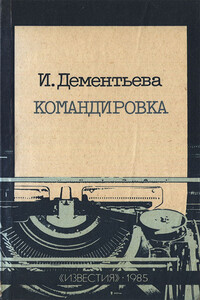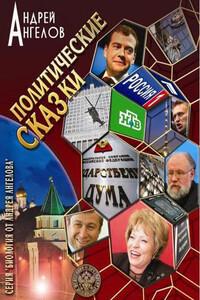Подлинная история России | страница 44
Plate: R.and J. OTIENS / JOH. CASPAR SCHEUCHZER Het Konink-ryk Japan Amsterdam (1728) c. 1740. Based on a work by the Swiss scholar Scheuchzer, this map is one of the few to use Japanese names as well as their westernized forms.
During this same period, Peter the Great ordered a comprehensive survey of his country and the training of a corps of professional surveyors. In charge of this immense undertaking was an employee of the State Chancellry, Ivan Kyrilov (1689–1737). He planned a 3 volume atlas of Imperial Russia to consist of something like 300 to 400 maps, but it soon became evident that advice and assistance by foreign cartographers was required if the project was to be completed in a reasonable time. In consequence, following a visit to France by the Tsar and the subsequent founding of the Imperial Academy of Sciences in 1724, the French cartographers Joseph Nicolas and Louis Delisle (brothers of Guillaume Delisle) were invited to St Petersburg to set up a School of Astronomy and to train teams of surveyors. Unfortunately, Kyrilov and the De-lisles totally disagreed on the methods of surveying needed to map the country and, in the event, Kyrilov pursued his own course and, in 1734, published the first part of his planned atlas consisting of a general map of Russia and 14 regional maps. Meanwhile, the Delisles travelled throughout Russia and Siberia gathering geographical data, compiling maps with the assistance of Swiss mathematician Leonhard Euler (1707–83) and the Danish explorer Vitus Joh. Bering (1680–1741) who traversed Siberia on at least two occasions and explored the Northern Pacific. No doubt the Delisles also used much of Kyri-lov's material for, after Kyrilov's death in 1737, his atlas was suppressed, possibly because of inaccuracies but more likely as a result of jealousies and intrigue; only two copies of the atlas are known to exist. Eventually, in 1745, following further disagreements between Joseph Nicolas Delisle (who felt the work was still incomplete) and the Academy of Sciences the Atlas Russicus was published containing a general map and 19 regional maps. Thereafter, further work and revision of the atlas was in the hands of Michael Lomonosov (1711–65), director of the Geographical Department of the Academy. In due course, as in so many countries, official mapping was taken over by the military and, in 1816, a new survey by triangulation was undertaken, which eventually included Poland, most of which country was then occupied by Russia.



